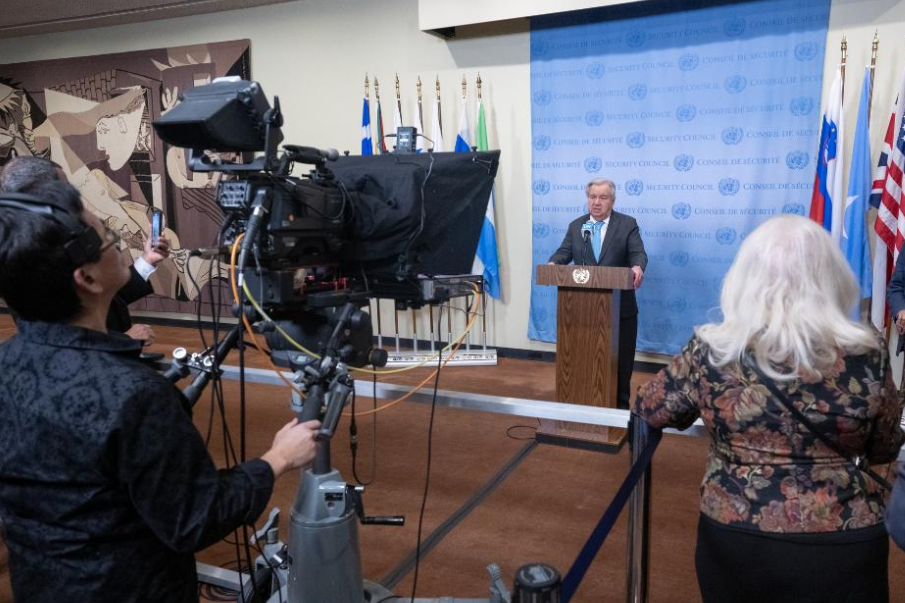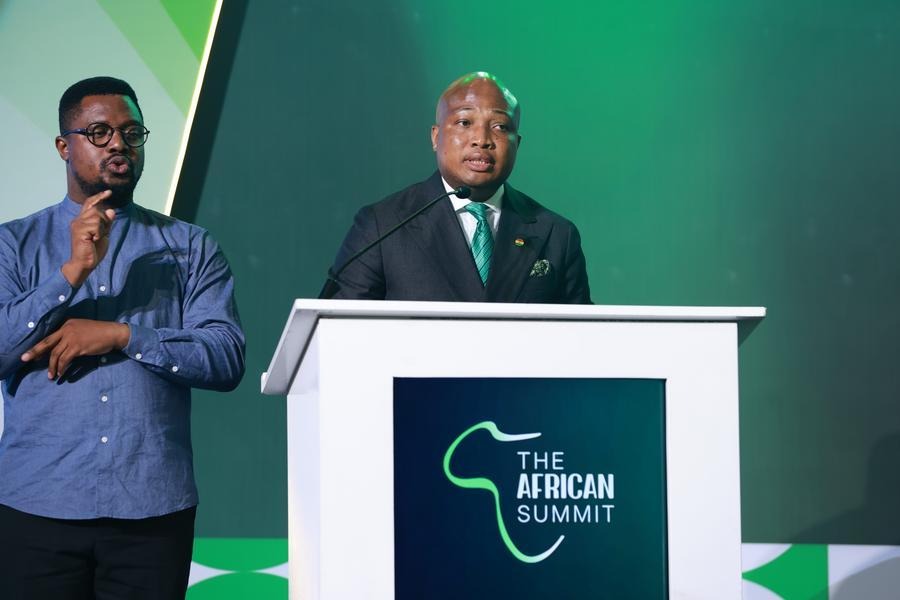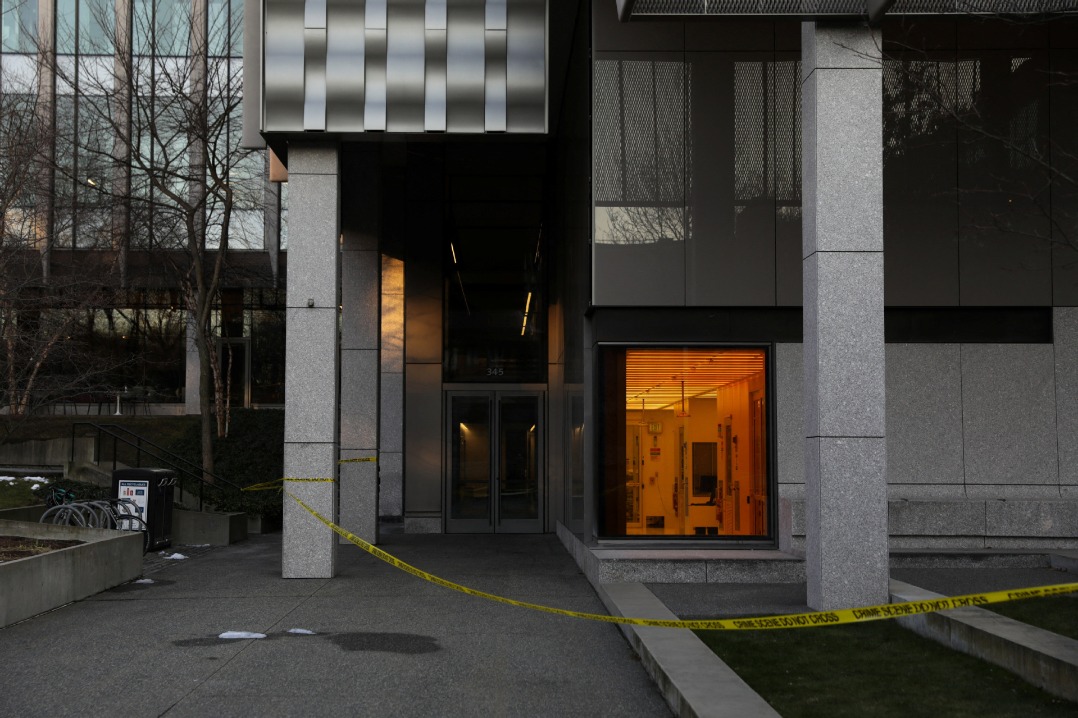The Korean nuclear issue: Past, present, and future – A Chinese perspective

It can be concluded that, in his first term, President Clinton managed the first North Korean nuclear crisis quite successfully. During his second term, he attempted to thoroughly resolve the nuclear issue by engaging more closely with North Korea. In October 1999, the U.S. released an official report titled "Review of U.S. Policy Toward North Korea: Findings and Recommendations," which mentioned that it was necessary to "adopt a comprehensive and integrated approach in dealing with the DPRK's nuclear weapons- and ballistic missile-related programs," by relying on bilateral talks as essential means, supplemented by trilateral coordination with Japan and South Korea. However, neither party demonstrated sufficient political will or the ability to execute what was committed, with most of the content in the Agreed Framework left hanging in the air.
Toward the end of the Clinton administration, the door to normalizing relations between the U.S. and North Korea was once again opened slightly. On October 9, 2000, Kim Jong-il's second-in-command, Vice Marshal Jo Myong-rok, visited Washington as a special envoy. And on October 23, U.S. Secretary of State Madeleine Albright started a historic two-day visit to Pyongyang, where she was met by Kim Jong-il himself. She forwarded to the North Korean leaders President Clinton's suggestions about how to improve U.S.-DPRK relations and discussed with the North Korean side the nuclear and missile issue as well as the possibility of removing North Korea from the U.S. list of state sponsors of terrorism. The discussions also touched on setting up liaison offices and then lifting the offices to the level of diplomatic representatives at a later stage. The two sides had so much agreement that they even discussed the possibility of President Clinton visiting North Korea. After Secretary Albright returned home, the U.S. planned for a visit by President Clinton to North Korea and a possible return visit by Kim Jong-il. However, as the U.S. was already entering presidential elections, the lame duck Clinton ad- ministration had no time to realize this vision. In her memoir, Secretary Albright wrote that on the day before she left the White House, President Clinton told her that he wished he had taken up the chance to go to North Korea instead of staying in Washington to make a final push toward a peace agreement in the Middle East.
Several years later, I discussed this with Secretary Albright, and we agreed that perhaps an important opportunity to resolve the nuclear issue had unfortunately been missed. The Clinton administration had hoped that the new administration could move along with the new situation it had pioneered. However, the 2000 presidential election was won by Republican George W. Bush, who was surrounded by neoconservatives. He had been critical of the U.S.-DPRK Agreed Framework even during his campaign. Moreover, he denounced the policy of engaging North Korea as having helped the regime avoid collapse. American rhetoric about North Korea often confuses "denuclearization" with "regime collapse," so much so that North Korea could not tell which one was the main target. All of these changes in the U.S. were quite hard for Pyongyang to comprehend. As a result, it could only conclude that the U.S. was not serious about making an agreement in the first place.
The new U.S. administration re-examined its policy toward North Korea, and the Clinton administration's decision to increase contact was reversed. Eight months later, on September 11, 2001, major terrorist attacks occurred, and soon the U.S. government declared its war on terror. It is worth mentioning that after the 9/11attacks, the spokes- person of the DPRK Ministry of Foreign Affairs made a statement that the 9/11 attacks were a "very regretful and tragic incident," stressing that "as a UN member state, North Korea is opposed to all forms of terrorism…And this stance will remain unchanged." This gesture by North Korea toward the U.S. was completely different from its past hardline posture, but the gesture was ignored by the Bush administration. In his State of the Union address in January 2002, the U.S. president listed North Korea, along with Iran and Iraq, as one of the three states forming the "axis of evil."
In October 2002, U.S. intelligence agencies claimed that they had discovered North Korea's secret nuclear program, and obtained evidence of North Korea's purchase of such technology and equipment overseas. They also exposed evidence of North Korea's secret nuclear transaction with Pakistan. James Kelly, U.S. assistant secretary of state for East Asian and Pacific affairs, immediately went to Pyongyang. In his talks with Vice Foreign Minister Kang Sok-ju, Kelly presented the evidence of North Korea's import of materials to be used in uranium enrichment. Kang did not try to conceal anything and admitted that all the alleged dealings were true.
This development shocked Washington: North Korea, having committed to giving up the development of plutonium-based nuclear weapons, was instead secretly developing uranium-based nuclear weapons. The Bush administration deemed North Korea as having violated the U.S.-DPRK Agreed Frame- work and announced the end of bilateral talks. To
North Korea, the U.S. also failed to deliver what it had committed to in the agreement. Thus the relationship broke down, directly leading to the second Korean nuclear crisis.
At about the same time, the U.S. launched the Proliferation Security Initiative (PSI) with its allies in the East China Sea, the Yellow Sea, and the Indian Ocean.12 In December, the Spanish navy intercepted the North Korean cargo ship So San carrying Scud missiles in the open seas off of the Yemeni coast. The ship was later released after the Yemeni government guaranteed that the missiles would only be used in Yemen and that it would not buy them again. On November 14, the U.S.-led KEDO decided to stop transporting heavy fuel oil to North Korea. This move was regarded by Pyongyang as a violation of the U.S.-DPRK Agreed Framework and, on December 12, North Korea announced that it would restart the nuclear program frozen in accordance with the Agreed Framework. Then on January 10, 2003, North Korea announced its formal withdrawal from the NPT.
As a signatory state to the NPT, China firmly op- posed any form of nuclear weapons proliferation and had been consistently advocating for the comprehensive prohibition and thorough destruction of all nuclear weapons as well as for the peaceful resolution of differences through negotiations. Given that the U.S.-DPRK Agreed Framework was not producing results and that the U.S. sent Secretary Powell to China for help—and that a denuclearized Korea was also in the interest of China—the Chinese government, after careful consideration, decided to accept the U.S. request. The plan was to invite the DPRK and the U.S. to hold trilateral talks in China. After Secretary Powell's visit, China sent an envoy to North Korea in the spring of 2003 to consult on the possibility of such talks.
The mission was successful, though not without difficulty. The North Korean side finally agreed to attend the trilateral talks. But their basic position remained unchanged: Pyongyang believed that the matter could only be dealt with through direct talks with the U.S., as they believed that the nuclear issue was a response to the U.S. threat to North Korea and therefore must be resolved through direct agreement between the two. China passed this information on to the U.S. side, which insisted it could not talk with North Korea alone, and that any talks must include China. The North Korean and U.S. conditions for the talks were diametrically opposed, but China took the two parties' willingness to talk as important common ground, and persevered in mediating until they finally agreed to come to Beijing to talk. The U.S. and North Korea were also ready to meet each other within the framework of the Three-Party Talks.
On April 22, 2003, the Chinese Ministry of Foreign Affairs released the following statement: "China has always advocated the peaceful settlement of the Korean nuclear issue through dialogue. This is also the consensus of related parties and the inter- national community. Based on such a consensus, China has invited the DPRK and the United States to send delegations to hold talks in China."

































